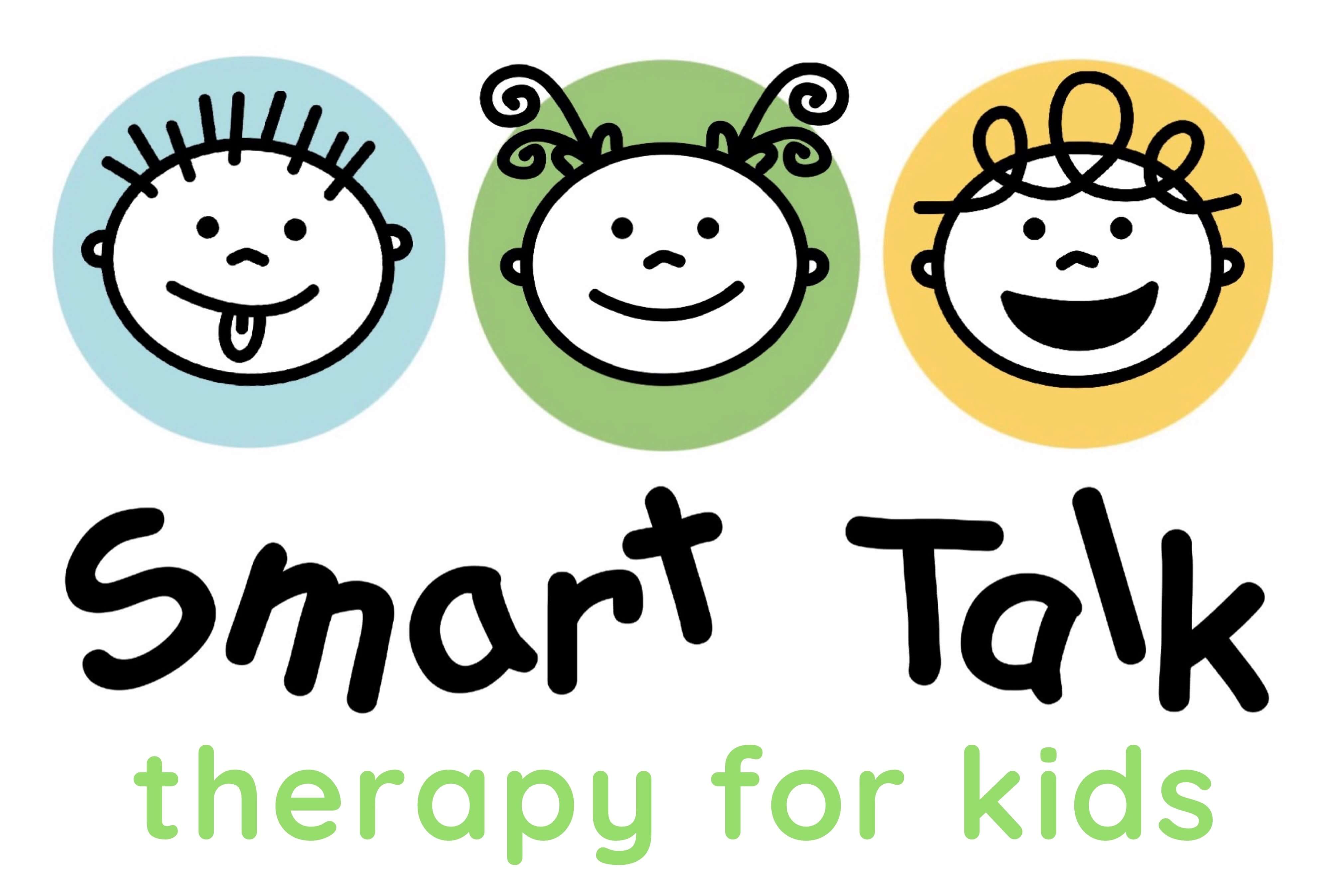Strategies to support children’s speech and language development
1) Organise the environment to facilitate communication
- COMMUNICATIVE TEMPTATIONS – There are many ways to arrange the environment so that a child is encouraged to request what he or she wants, for example, you might: put videos on a high shelf to “tempt” your child to request them; give the child paper to draw on and “forgetting” to provide a crayon; Eat a desired food in front of the individual without offering any to the individual.
- SABOTAGE – Remembering that this is an age-group that enjoys adults being ridiculous, other ideas might include: putting something in the “wrong” place unexpectedly as a joke, e.g., socks on hands get into the back seat to start the car and then “realise your mistake” exaggeratedly; suck on a balloon instead of blowing.
- REINFORCING ‘NEW’ VOCABULARY – use new words in appropriate situations as much as possible.
- EXPERIENCES – Provide experiences that will foster language growth, building them around things the child likes and looks forward to, incorporating turn-taking, repetition and predictability.
2) Make some of the speech therapy invisible
- narrate your world using verbs and nouns
- use repetition, uttering the same words or expressions each time you perform a routine task (e.g., getting into a car seat)
- comment on what the child is doing rather than asking questions
- pause to allow the child adequate ‘thinking time’ and ‘planning time’ and ‘word retrieval time’
- the goal is to ‘constantly teach’ without appearing to, and NOT to ‘constantly test’, or constantly have the child perform all their accomplishments
- change tone and volume of speech to make it more engaging for the child (also called ‘parentese’ or ‘motherese’)
- allocate half an hour per day adult-child time, talking, playing and being together
- follow the child’s communication leads
- get down to the child’s level
- reward communication attempts with communication
3) Make some of the speech therapy visible (direct)
Make some of the speech therapy as “visible” as possible (very grown up and formal). This involves 5 to 7 minutes per day in which the parent and child sit together at a table or on the floor to play simple turn taking games. Call it ‘talking time’ or similar and do it in the same place each time if possible (like speech therapy). Set up an expectation in the child that this is a time for communication, when parents will:
- Read a story, or look at a pictures, or look at an interesting object, or make something
- Name objects (e.g., objects in an object box such as 6 things starting with B)
- Do pretend play (e.g., fishing, driving, cooking)
- Keep it short, sweet and instructional, ending on a positive note
4) Identify nursery rhymes, stories, etc.
- Identify nursery rhymes, songs, stories, games, etc that can be used to progress certain targets. For example Marvin K Mooney for “go”, Where is the Green Sheep? for “sh”, One Duck Stuck for /k/ and Are You My Mother? for question forms and/or the pronoun “my”.
5) Recognise teaching moments
- Recognise “teaching moments” within everyday happenings and activities.
6) Let the child listen
- Provide input without always pushing the child to respond. Sometimes he or she should simply be given space to listen and think.
7) Model and recast
- Model correct language clearly for the child to hear and practise recasting; repeating what the child has said but with the correct speech sounds and grammar
8) Make it fun
- Use FUN finger-plays, songs, and drill-play.
9) Enjoy success
- Practice things the child is “good at” – this is not a waste of time! It encourages confidence and a feeling of mastery
These tips have been adapted from Caroline Bowen’s speech Language therapy website, and can be found here at speech language therapy.

